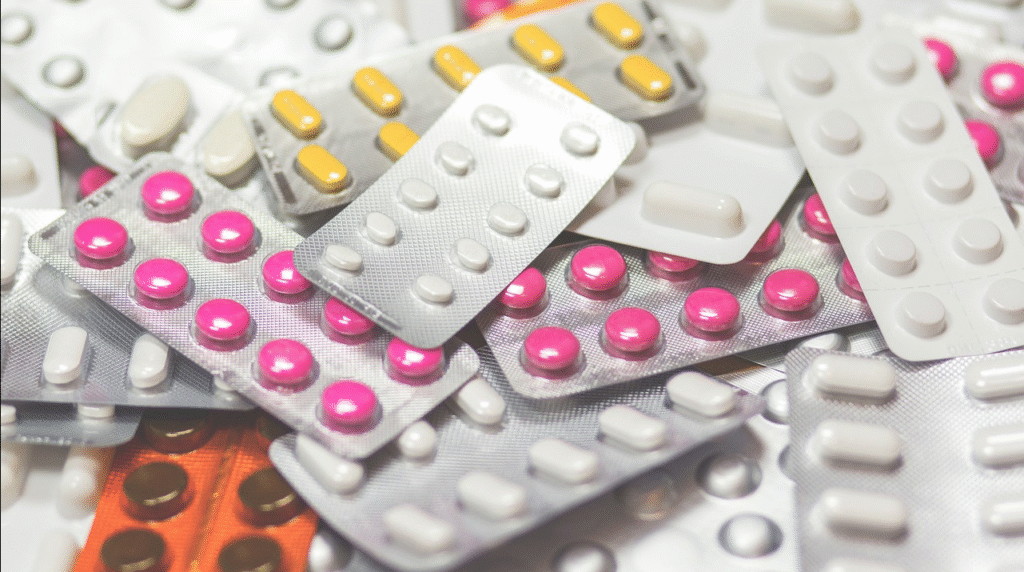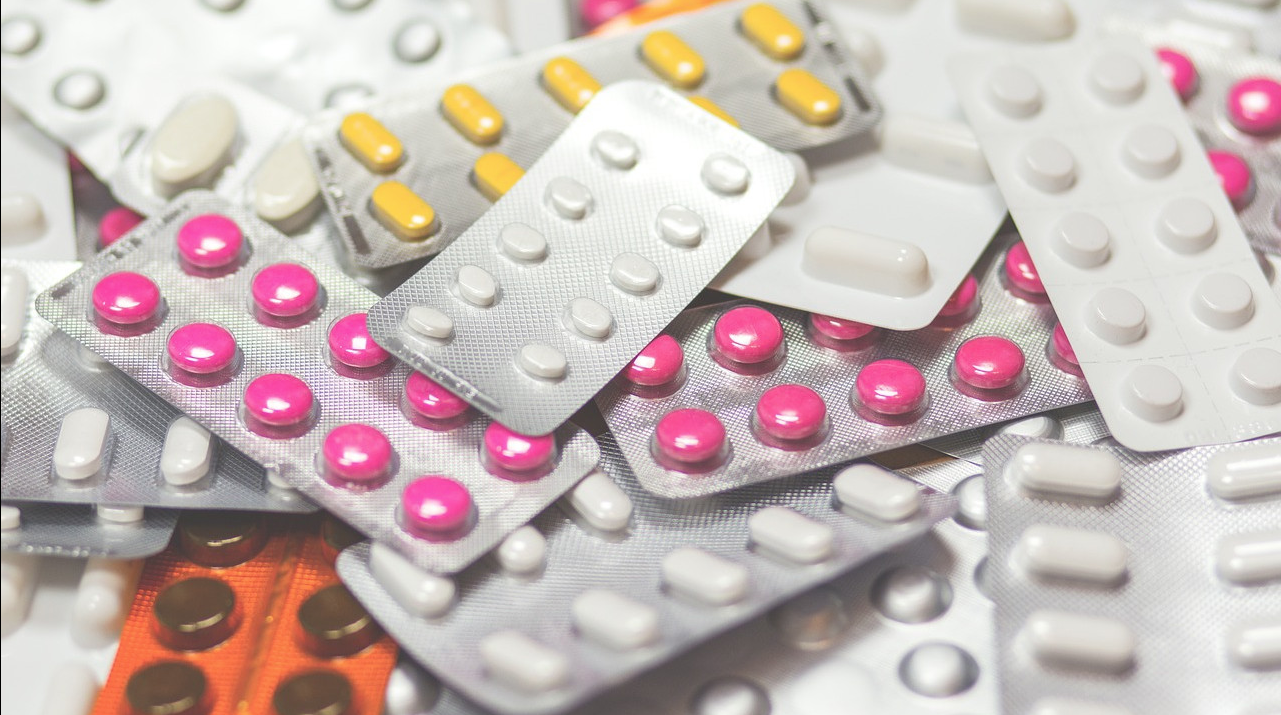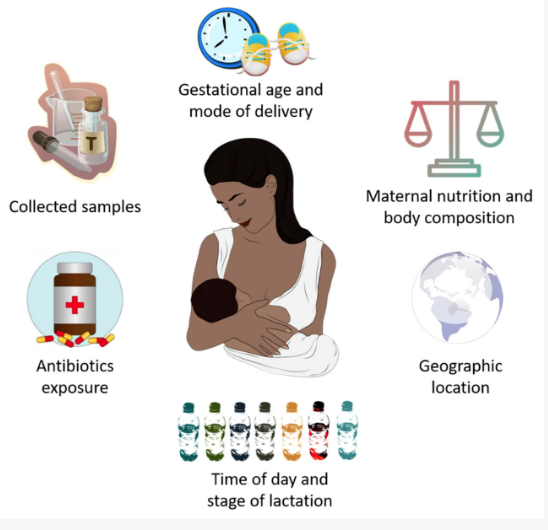The U.S. government has initiated a major national security investigation into pharmaceutical imports. This article explores why this matters, what’s at stake, and how it impacts drug safety, supply chains, and public health.
Why Pharmaceutical Imports Are Under Scrutiny
In a significant move underscoring growing concerns over national security and public health, the United States has launched a federal investigation into the country’s dependence on imported pharmaceuticals. This decision comes amid fears that critical drug supply chains—particularly from foreign manufacturers—pose a vulnerability that could be exploited during times of crisis or geopolitical tension.

The probe, spearheaded by the Department of Commerce in collaboration with the Department of Health and Human Services (HHS), aims to assess potential risks associated with the importation of essential drugs and pharmaceutical ingredients. With over 70% of active pharmaceutical ingredients (APIs) used in the U.S. sourced from overseas—most notably China and India—the investigation marks a turning point in American health security policy.
Let’s explore the top 7 takeaways from this historic initiative and what it means for public health, drug pricing, manufacturing, and geopolitics.
1. The Scope of the National Security Investigation
The federal government’s review will cover a wide range of pharmaceutical products, including:
- Active pharmaceutical ingredients (APIs)
- Generic drug imports
- Antibiotics and antivirals
- Vaccines and biologics
The objective is to understand the extent to which foreign reliance has created supply chain vulnerabilities that could hinder the U.S.’s ability to respond to emergencies—be it pandemics, cyberattacks, or military conflict.
pharmaceutical import investigation
drug supply chain risk, medicine import security
2. The Heavy Dependence on Foreign APIs
According to the FDA, around 80% of active ingredients in American drugs are manufactured outside the country. The majority of these come from India and China. This globalized model has been praised for lowering production costs, but critics argue it leaves the U.S. exposed to severe disruption.
For example, during the COVID-19 pandemic, Indian factories temporarily halted the export of crucial medications like hydroxychloroquine and acetaminophen, causing nationwide shortages. This real-world stress test highlighted the fragility of global pharmaceutical logistics.
U.S. drug imports, medicine from China
3. National Security Risks and Geopolitical Tensions
The United States and China are currently entangled in escalating technological and trade tensions. Some policymakers fear that pharmaceutical exports could be weaponized as a tool of geopolitical leverage.
China’s dominance in the production of antibiotics and APIs has prompted national security advisors to consider a worst-case scenario in which medication supplies are strategically withheld. This national security review is an attempt to anticipate and prepare for such outcomes.
Simple Keywords: drug security, medicine from abroad, China medicine risk
4. Quality Control Concerns in Imported Drugs
In addition to national security concerns, the quality of imported drugs has also come under fire. Manufacturing standards vary widely across different countries. In recent years, the U.S. has seen:
- Multiple recalls of blood pressure medications due to carcinogenic contaminants from overseas factories
- Contaminated cough syrups in developing countries linked to child deaths
- Regulatory loopholes exploited by some foreign manufacturers to evade FDA inspection
The probe is expected to recommend stricter quality assurance protocols and improved oversight mechanisms.
5. Economic Impacts on Domestic Pharmaceutical Manufacturing
The U.S. once had a robust domestic pharmaceutical manufacturing sector, but the race to cut costs led many companies to relocate production overseas. Revitalizing domestic manufacturing will likely be a key recommendation of the probe.
Possible economic implications:
- Tax incentives for domestic pharmaceutical production
- Grants for biotech startups and API facilities
- Government contracts for U.S.-based suppliers
However, re-shoring drug production is not without challenges. It requires significant investment and regulatory adjustments, particularly in handling controlled substances and biologics.
6. Public Health and Emergency Preparedness
One of the primary motivations behind this investigation is ensuring that America can respond effectively to public health emergencies. Whether it’s another pandemic, a bioterror attack, or a supply chain cyber-disruption, the ability to produce and distribute medication domestically is vital.
The study will likely prioritize:
- Strategic drug stockpiles
- Redundancy in manufacturing locations
- Stronger coordination between federal health agencies and private pharmaceutical companies
7. Policy and Regulatory Recommendations: What’s Next?
The national security probe is expected to conclude with a detailed report outlining policy recommendations. These may include:
- Trade adjustments or restrictions on critical pharmaceutical imports
- New FDA compliance requirements for foreign suppliers
- Public-private partnerships to boost U.S. pharmaceutical research
In the long run, this could lead to legislation like the “Medicines for America Act” or similar initiatives focused on reducing foreign dependence and securing American health autonomy.
drug policy reform, pharmaceutical regulation
📌 Background: Why Drug Supply Chains Became a National Security Concern
The U.S. has long relied on foreign pharmaceutical manufacturing, especially from countries like China and India. This dependency was spotlighted during the COVID-19 pandemic, when sudden disruptions left hospitals and pharmacies scrambling for essential medications. Now, national security advisors and public health officials are warning that geopolitical tensions or trade restrictions could pose a catastrophic risk to public health infrastructure.
🔎 What Is the National Security Probe Actually Investigating?
The probe, initiated under the Defense Production Act and supported by the Department of Commerce and Health and Human Services, is examining several critical factors:
- Which essential drugs are predominantly imported
- Vulnerabilities in the foreign manufacturing pipeline
- Risks of contamination or sabotage
- Overreliance on single-source suppliers
This effort isn’t just about economic independence—it’s about medical resilience in the face of global conflict or biological threats.
🌍 Global Pharmaceutical Landscape: Where America Gets Its Drugs
More than 70% of active pharmaceutical ingredients (APIs) used in U.S. drugs are sourced from outside the country, with China and India serving as major suppliers. While outsourcing has historically kept costs low, it has also concentrated supply in regions that may be affected by political instability, pandemics, or trade disputes.
Subtopics to Add:
- Breakdown by country
- Historical trend in outsourcing
- List of commonly imported drugs (antibiotics, generics, etc.)
⚠️ Real-World Impacts of Drug Shortages
To make the content richer and more relatable, insert recent examples:
- Cancer patients in U.S. hospitals faced shortages of chemotherapy drugs like cisplatin and carboplatin in 2023 due to overseas factory issues.
- Children’s antibiotics such as amoxicillin were in short supply due to export bans during flu surges.
These events illustrate how foreign production bottlenecks can lead to delays in lifesaving treatment.
📊 Economic Ramifications of Domestic Pharmaceutical Production
The article could explore:
- How shifting drug production back to the U.S. may raise costs
- Job creation in pharmaceutical manufacturing
- Incentives or subsidies the federal government may offer to domestic producers
Include statistics or quotes from policy experts or economic forecasts where possible.
🧪 Technological Innovations: Can Advanced Manufacturing Help?
Introduce unique, forward-looking content:
- Use of AI in pharmaceutical quality control
- Continuous manufacturing techniques that enable onshore scalability
- Role of biomanufacturing hubs in states like North Carolina, Massachusetts, and California
🧭 Policy Proposals and Future Legislation
Expand this section with real legislation:
- The MEDS Act, which incentivizes U.S.-based manufacturing
- Executive orders related to critical supply chains
- State-level initiatives in biotech investment
Use quotes from congressional hearings or White House press releases to increase authority.
Real-World Reactions: What Industry and Experts Say
Industry insiders are cautiously optimistic. While the American pharmaceutical sector recognizes the need for supply chain security, there are concerns about potential increases in drug prices if manufacturing returns to the U.S.
Dr. Lisa Tomlinson, a pharmaceutical economist at Johns Hopkins University, states:
“We need a balance. You can’t flip a switch and bring everything home overnight, but strategic rebalancing is both feasible and necessary.”
Meanwhile, consumer advocacy groups welcome the move. They argue that Americans deserve medications that are not only affordable but safe, consistent, and reliable.
Outbound Resource Links:
- FDA Drug Safety Communications
- American Journal of Health Economics
- HHS Strategic National Stockpile
Conclusion: A Turning Point for U.S. Drug Security
The U.S. government’s probe into pharmaceutical imports may very well reshape the entire landscape of drug manufacturing, pricing, and distribution for decades to come. As national security and public health priorities converge, the outcomes of this investigation could bring profound shifts in both foreign trade and domestic health policy.
Whether it’s safeguarding the drug supply from geopolitical manipulation, improving quality control, or fostering a new era of “Made in America” medicine, this initiative signals a serious step toward a more self-reliant and secure pharmaceutical future.



